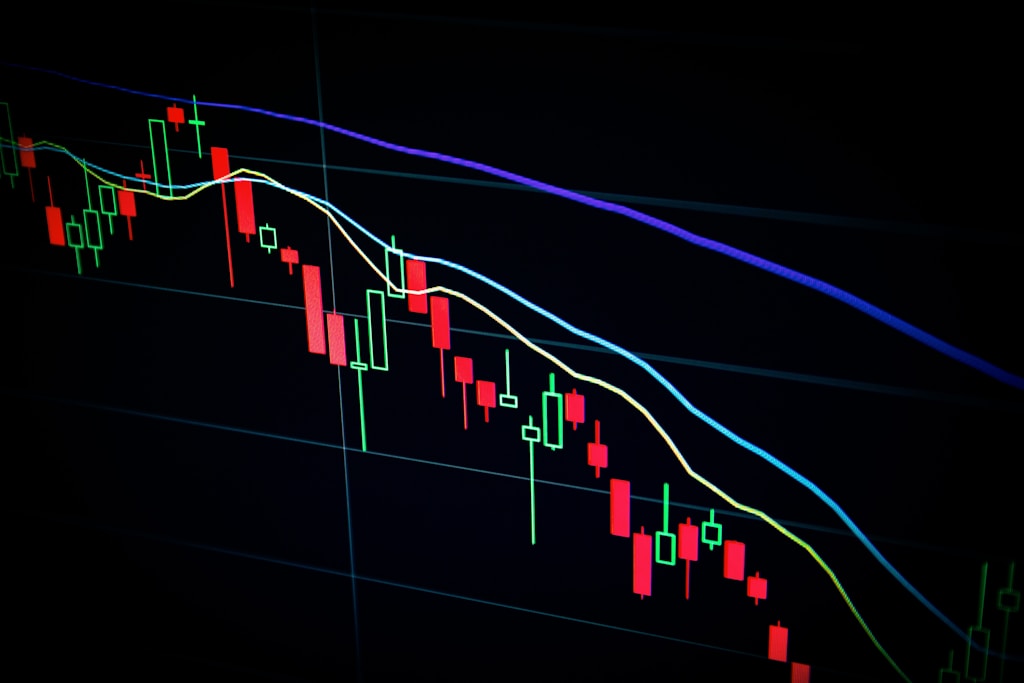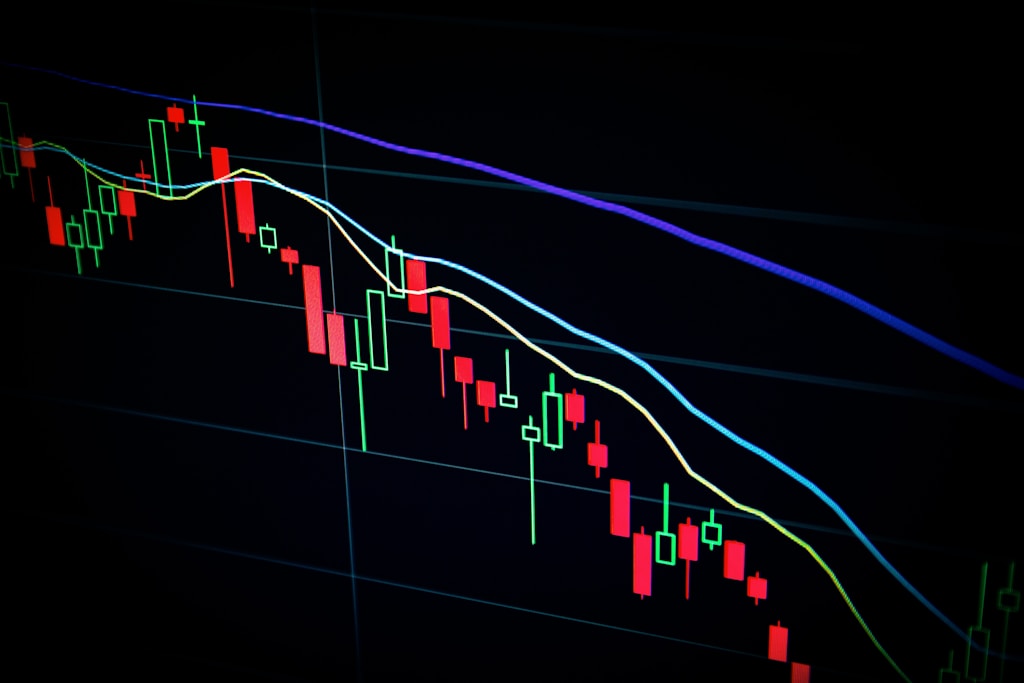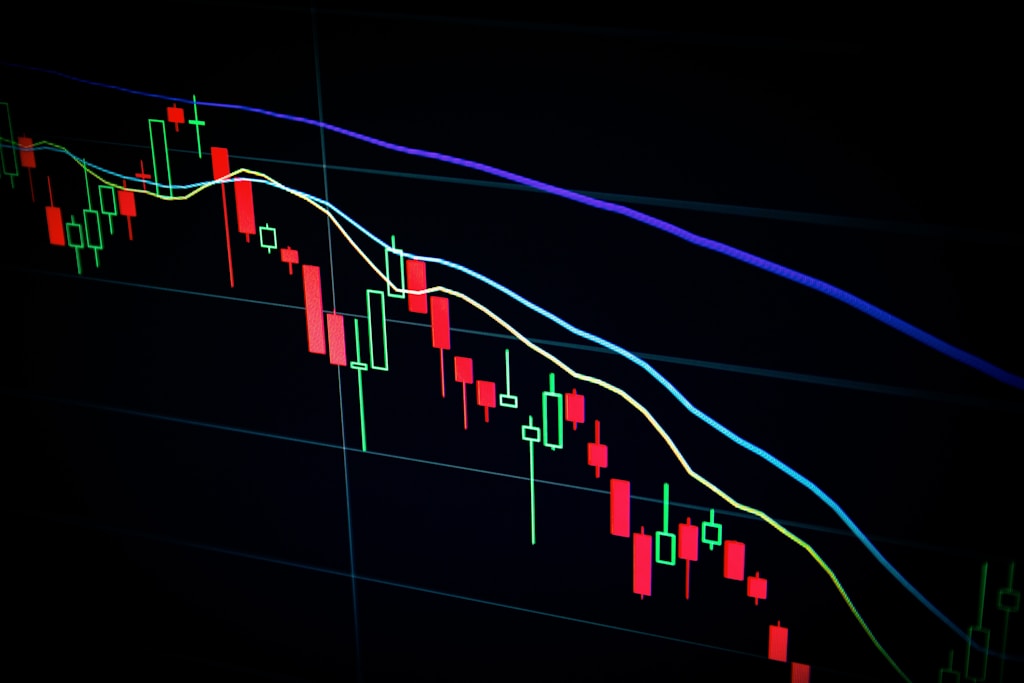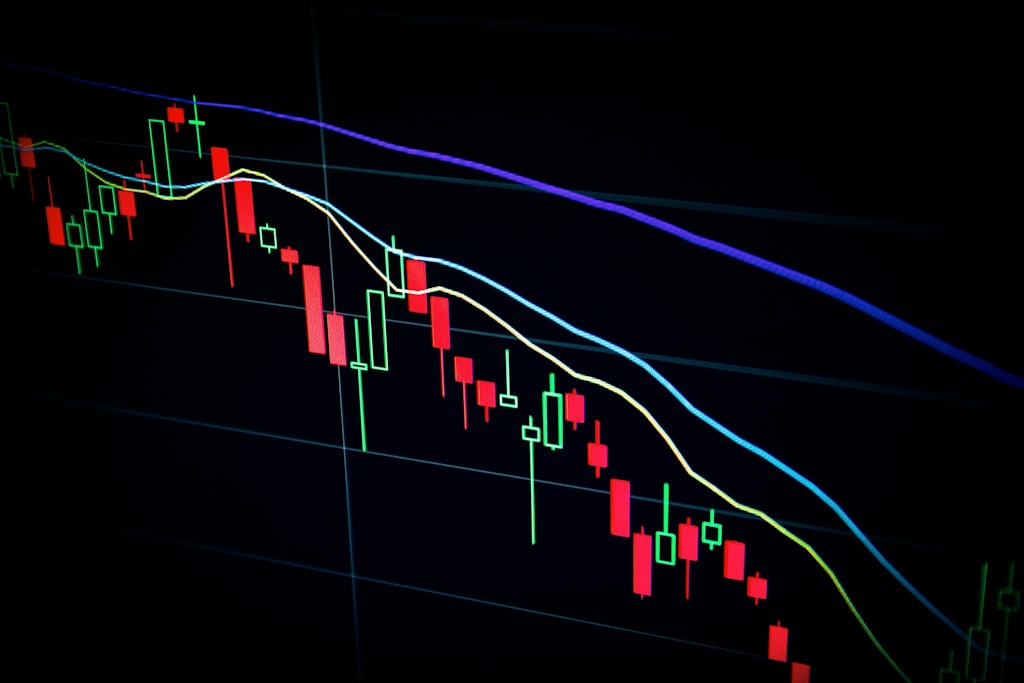Bitcoin’s recent price action near the $100,000 psychological barrier has triggered significant selling pressure from short-term holders (STH), raising concerns about potential deeper corrections in the leading cryptocurrency. On-chain data reveals an accelerating exodus of newer market participants, even as technical indicators suggest a possible trend reversal.
Short-Term Holder Capitulation Intensifies
According to recent CryptoQuant data, Bitcoin’s short-term holder cohort has initiated a substantial selloff, with their net position turning sharply negative by -833,000 BTC over the past month. This selling pressure emerges despite Bitcoin maintaining levels above $100,000, suggesting growing uncertainty among newer market participants.
This selling behavior closely mirrors patterns observed during Bitcoin’s previous correction in April, when the cryptocurrency briefly dipped below $80,000 before finding support at $74,508. The similarity in market structure has raised concerns about potential further downside.
Technical Analysis Points to Possible Reversal
Despite the bearish short-term holder activity, several technical indicators suggest Bitcoin may be preparing for a trend reversal:
- Key resistance breakthrough at $106,600
- Formation of new support level following two-week downtrend breakout
- Hash Ribbons flashing buy signals
- Negative funding rates on Binance indicating potential short squeeze
Market Outlook and Risk Factors
While short-term volatility persists, long-term holder metrics continue showing strength, with realized cap reaching new highs. However, investors should monitor several risk factors:
- Gradual exit of long-term holders from the market
- Increasing retail investor participation adding potential volatility
- Historical resistance levels near $110,000
Frequently Asked Questions
What defines a Bitcoin short-term holder?
Short-term holders are investors who have held their Bitcoin for less than 155 days.
Why is the $100,000 level significant?
The $100,000 mark represents a major psychological barrier and technical resistance level that can influence market sentiment and trading decisions.
What could trigger a market reversal?
A combination of negative funding rates, technical breakouts, and potential short squeeze scenarios could catalyze an upward price movement.
At press time, Bitcoin trades at $107,627, showing a 1.9% increase over the past 24 hours as markets digest these developing trends.





